Cairo (People's Daily) - In the ninth month of the Muslim lunar year, Ramadan has been celebrated in Egypt since Wednesday, a time of fasting, blessings and prayers to commemorate the revelation of the first verses of the Qur’an.
It is a time when Muslims refrain from eating during daylight hours as an act of sacrifice that reminds them of the challenges of the poor. There are both cultural and spiritual aspects of Ramadan that manifest themselves in Egypt, although they are often intertwined. Here are what you need to know about Ramadan:
1. Date of Ramadan 2018:
Ramadan 2018 began on the evening of Wednesday, May 16, and will end on the evening of Thursday, June 14.

The store will shift its operating hours during Ramadan (Photos: Jing Yue/People's Daily)
2. Why does Ramadan fall on a different date every year?
The Islamic calendar is 11 days shorter than the Gregorian calendar, therefore the date of Ramadan shifts each year.
The start and end date of Ramadan, which marks the celebration of Eid al-Fitr, is determined by the sighting of the moon.
As per tradition, the sighting of the new moon marks the beginning of the Muslim lunar month of Ramadan.
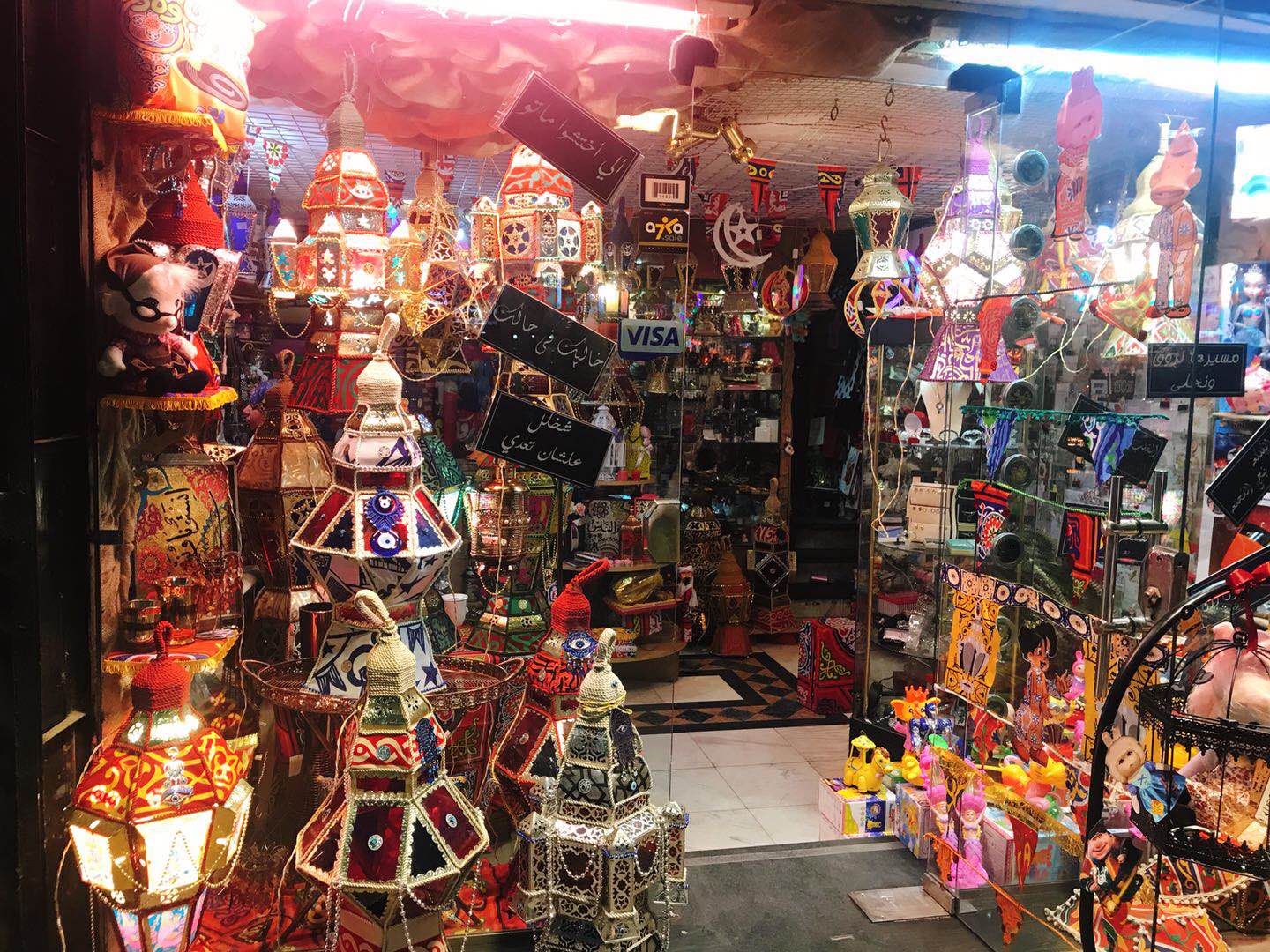
One interesting symbol of Ramadan is the Fanous, which are beautifully designed lanterns that come in a variety of sizes and colors.
3. How Muslims celebrate Ramadan:
Some 1.84 billion Muslims around the world will be fasting every day for a month; refraining from eating, drinking (even water), smoking, and sexual activities from sunrise to sunset.
It is a month of self-discipline and empathy for those living in poverty.
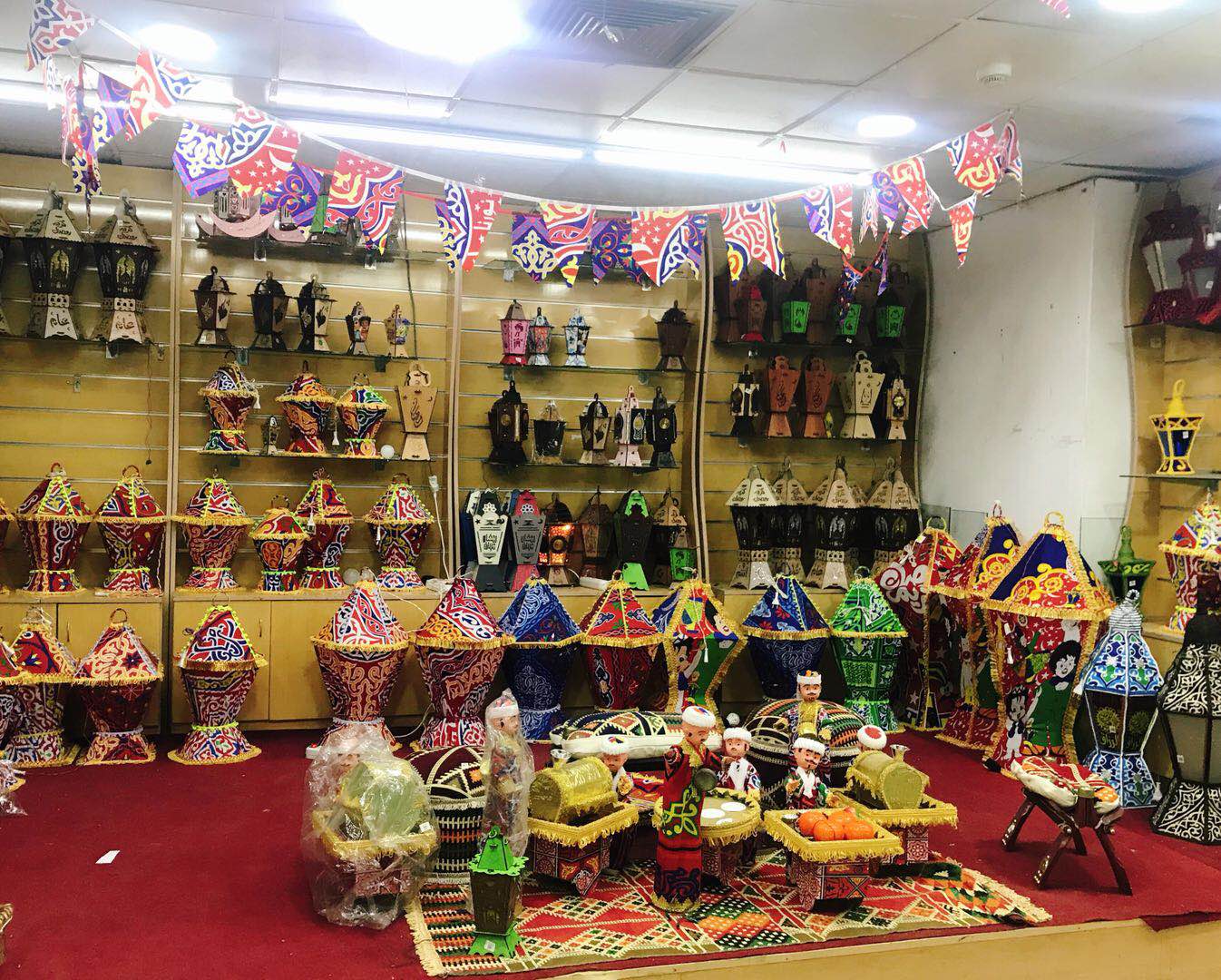
One interesting symbol of Ramadan is the Fanous, which are beautifully designed lanterns that come in a variety of sizes and colors.
As one of the five pillars of Islam, fasting during Ramadan is accompanied with increased spiritual reflection, worship, and acts of charity.
In Muslim-majority countries, offices are required by law to reduce working hours, and many restaurants are closed during daylight hours in Ramadan.
"Ramadan Mubarak" and "Ramadan Kareem" are common greetings exchanged during this occasion, wishing the recipient a blessed and generous Ramadan.

Muslims use Fanous to decorate their homes, cafés, and mosques. During the evening, Fanous give a truly magical feeling—kids also play with them and sing special Ramadan songs.
4. Who are not required to adhere to fasting:
Fasting is not supposed to hinder your health, so anyone with a pre-existing medical condition who is likely to fall ill as a result of the fast is not expected to adhere to it. It is for this reason that children, those on prescription medication, the infirm, elderly, pregnant women, and those on their menstrual cycles are not required to participate.
As with most other religious practices in Islam, Muslims participate in the fast starting at the age of 12.
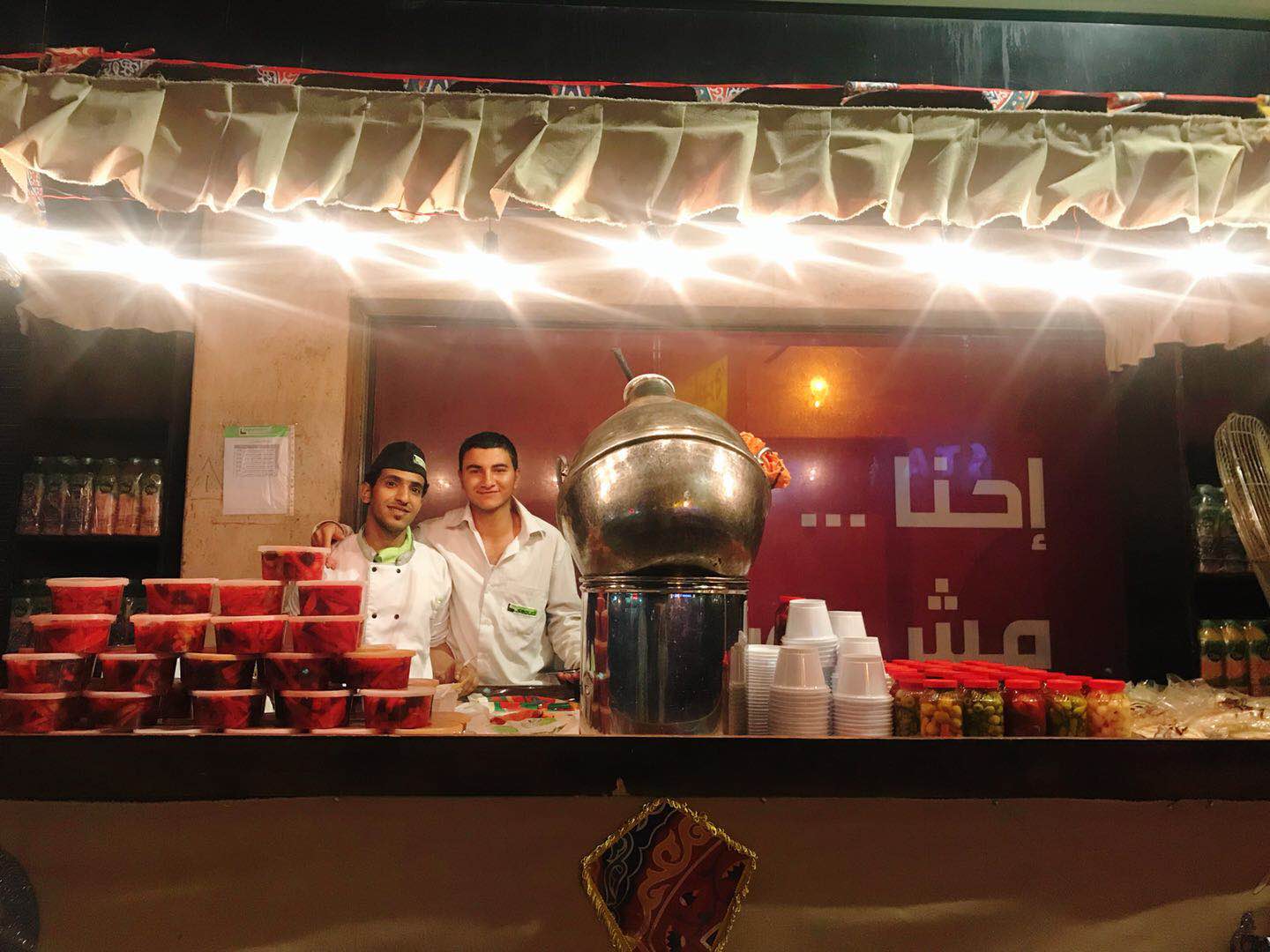
On the outside of a supermarket, there are special foods being sold that are related to the month of Ramadan. The most famous are Qatayef, Zalabia, Konafa, as well as Khoshaf— which are a type of fruit salad made out of a mix of dried figs, dates, raisins, and apricots soaked in water. One famous Ramadan drink, made out of apricot fruit leather, is known as Amar El Din.
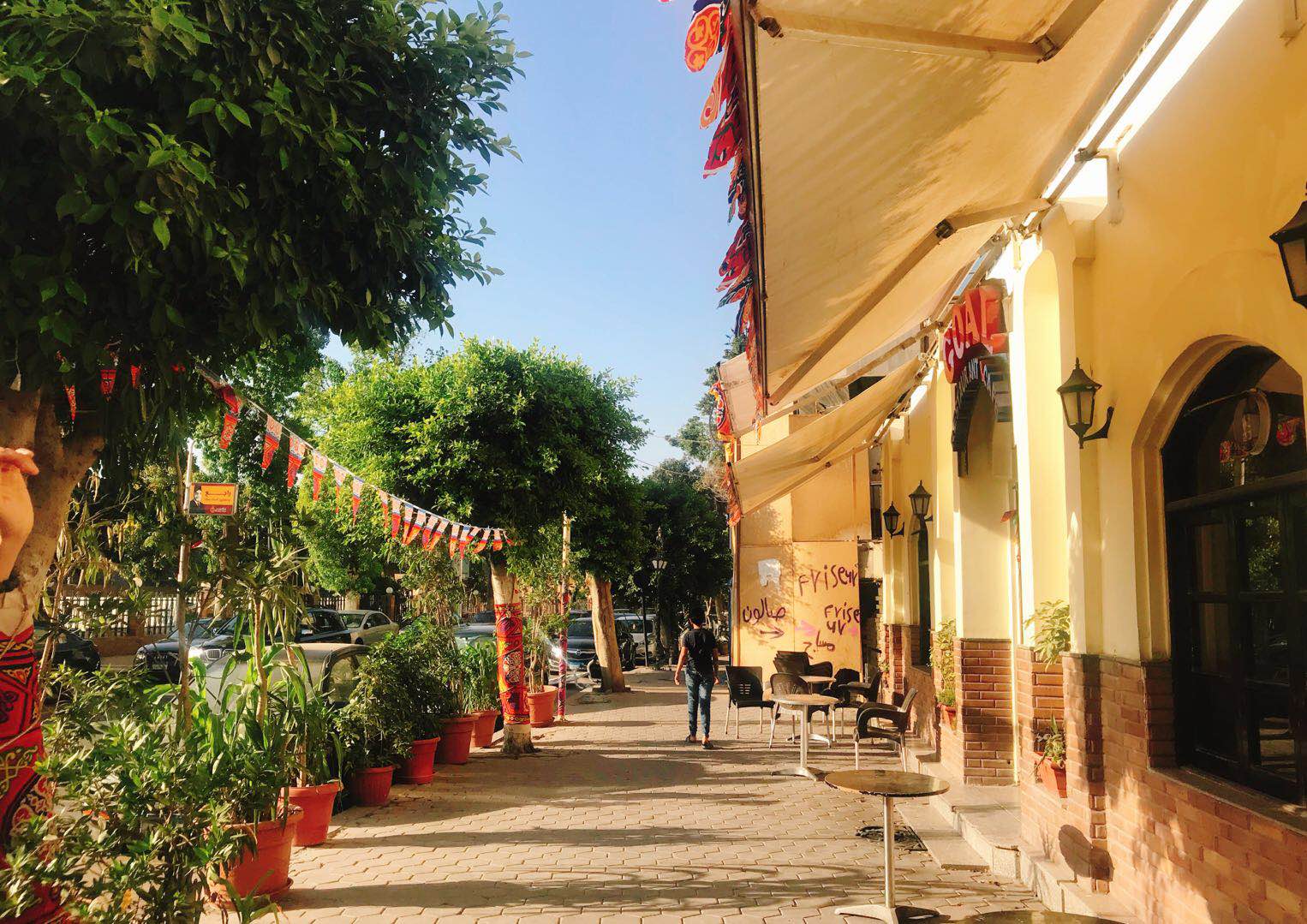
Muslims use Fanous to decorate their homes, cafés, and mosques. During the evening, Fanous give a truly magical feeling—kids also play with them and sing special Ramadan songs.
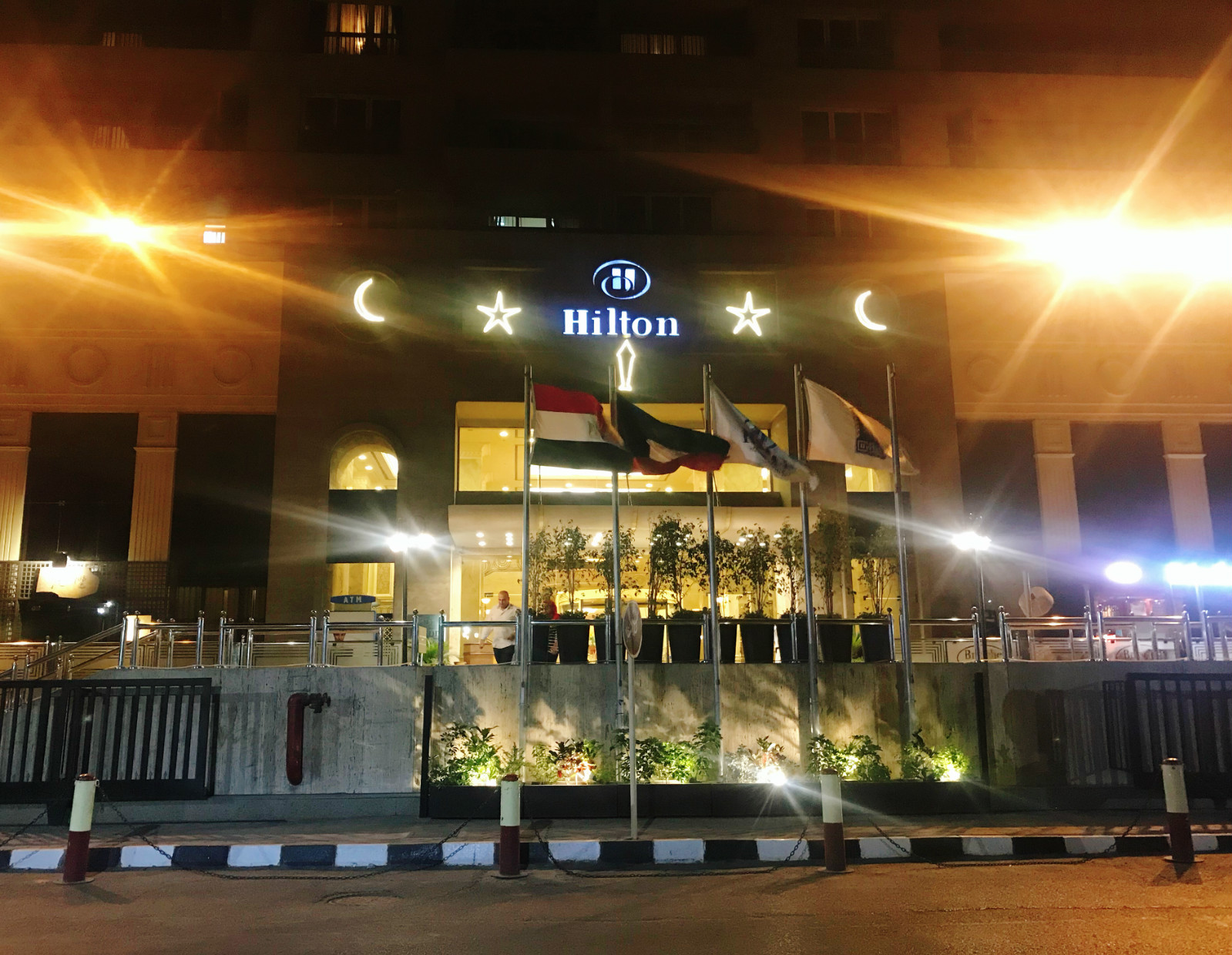
Ramadan elements on a hotel façade


